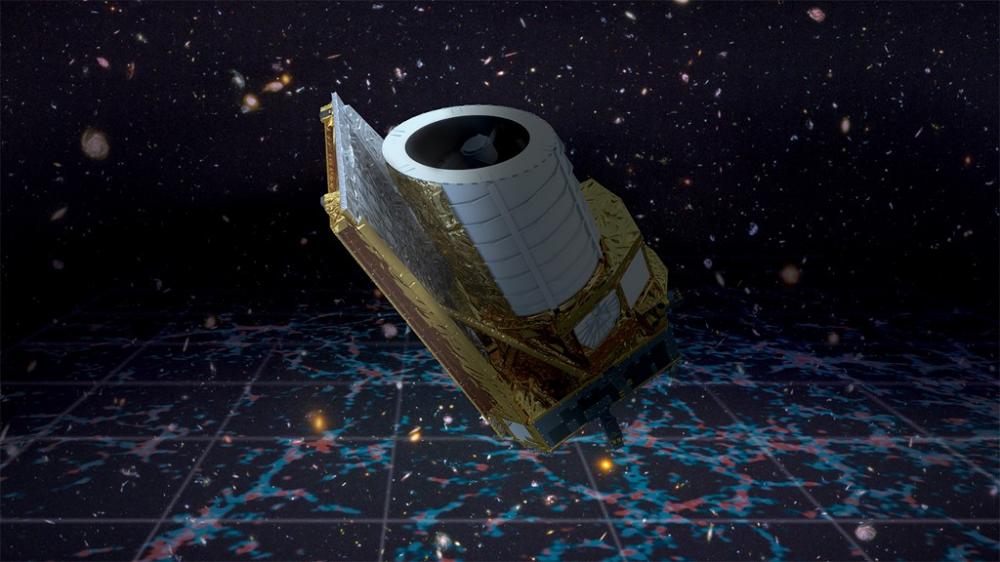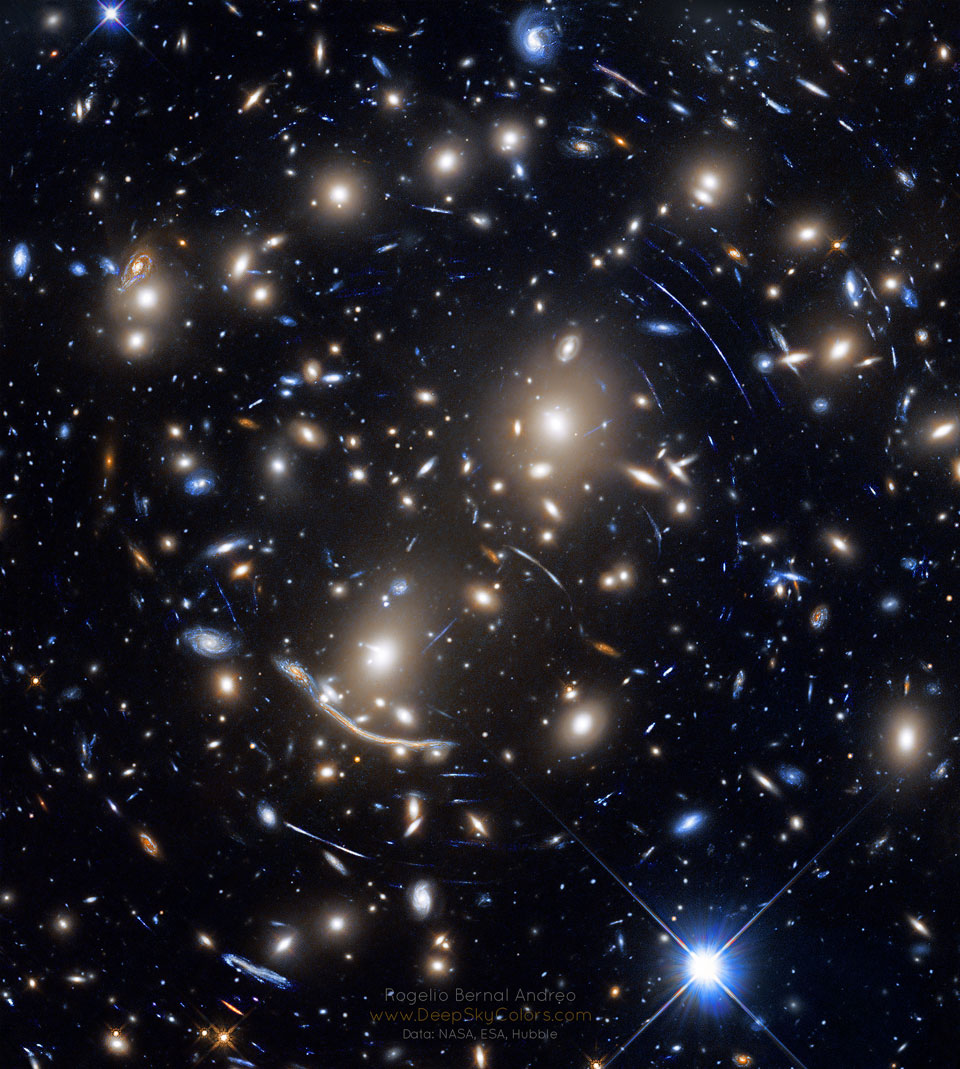Take part in an exceptional scientific adventure! The Euclid consortium and the Zooniverse team are offering the public a unique opportunity to contribute to the discovery of strong gravitational lenses. Thanks to the Space Warps - ESA Euclid project, everyone can take part in the exploration of the Universe by analyzing never-before-seen images of the sky. Find out how you can help scientists unravel the mysteries of dark matter and dark energy.
What is Space Warps?
The Space Warps project was first launched in 2013. Unlike Galaxy Zoo, primarily focused on morphological classifications of galaxies, the Space Warps team developed the first program dedicated to the discovery of strong gravitational lenses, following the chance discovery of such lenses in Galaxy Zoo.
Over the past decade, amateur scientists around the world have been classifying images from surveys such as Hyper-Suprime Cam Survey and Dark Energy Survey. Their contributions are incredibly useful and have immediate scientific potential. They are also used to train artificial intelligence (AI) algorithms. Without prior training by humans, AIs struggle to detect lenses, but together, humans and AIs can accurately identify thousands of lenses.
The Euclid space telescope
Launched in July 2023 by the European Space Agency (ESA), the main objective of the Euclid space telescope is to better understand the nature of dark matter and dark energy, while answering fundamental questions about the formation and evolution of galaxies. To this end, Euclid has begun mapping the sky, capturing a wide variety of objects - from the faintest to the brightest, from the most distant to the closest, from the most massive galaxy clusters to the nearest stars.
In November 2023, May 2024 and October 2024, the world was able to discover the quality of Euclid's first observations thanks to images published during Early Release Observations, targeting various astronomical objects, such as nearby nebulae and distant galaxy clusters. The data collected by Euclid is analyzed by the Euclid Consortium, an international organization with over 2,600 members from 18 countries.
Find needles in a haystack
Massive galaxies bend space-time, deflecting light to reveal even more distant galaxies. These gravitational lenses are rare, but volunteers have already helped to identify hundreds of new candidates, contributing to the improvement of the analysis tools used by the experts of the Euclid consortium to unravel the mysteries of the Universe.
Space Warps - Euclid also offers the public the first opportunity to preview image extracts from Euclid's forthcoming Q1 data release. Of the 100,000 galaxies prepared for this campaign, almost all have never been seen before. Scientists from Zooniverse and the Euclid consortium are hoping to discover some strange new phenomena among them.
An impressive mobilization
Over 200,000 classifications were achieved in just a few days! The goal is to collect 500,000 classifications for the first series of images.
So join the scientists on this adventure and become a cosmic lens hunter yourself!
Visit the Space Warps - Euclid website: spacewarps.org
• Thèmes de recherche du Service d'astrophysique › Interpretation
• Department of Astrophysics (DAp) // UMR AIM
• Cosmology and Galaxy Evolution
• Euclid






